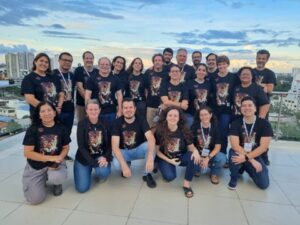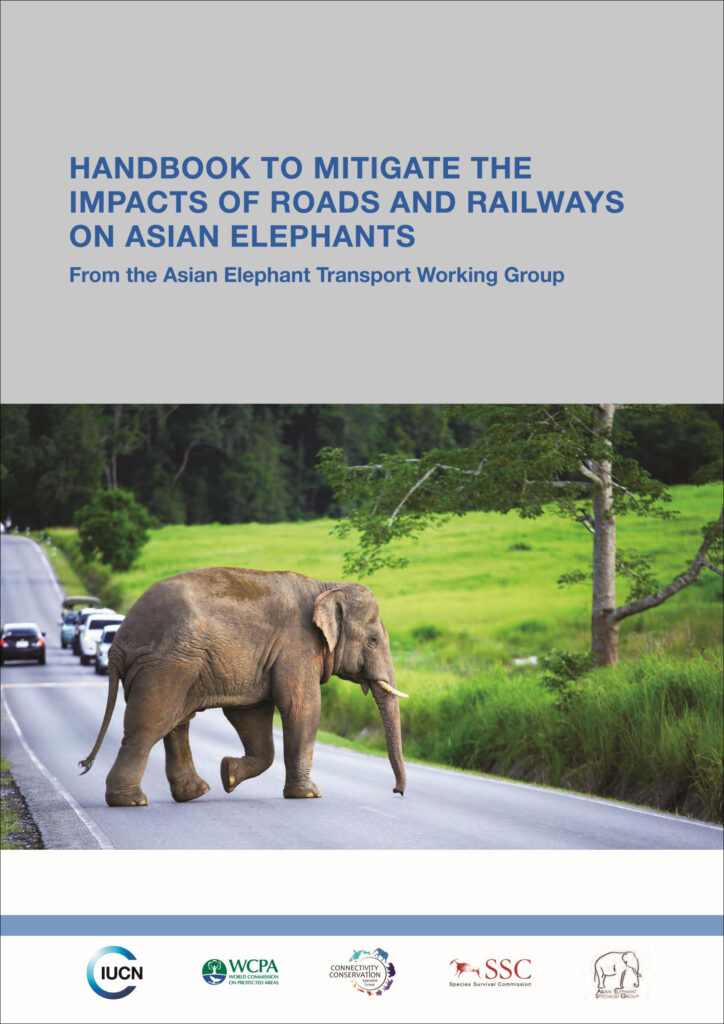Knowledge exchange, training, and assistance for your project and policy implementation
Once a strategy, plan, or study is complete, the next challenge may be communicating findings to target audiences. Or perhaps a project goal is to increase capacity for action among a group of conservation professionals or other partners. NatureConnect includes educational training on connectivity conservation for national and subnational authorities, non-governmental organizations (NGOs), financial institutions, conservation practitioners, and others. In addition, we provide leadership in developing and publishing high-profile guidance and technical reports, including global guidelines for connectivity conservation.
Knowledge Exchange and Training
 Connectivity conservation is an emerging approach to conservation and meeting 30×30 global conservation targets, and we want to avoid “reinventing the wheel” by sharing science and best practices that work. We develop and disseminate knowledge and skills using a variety of modes, including in-person workshops, webinars, and self-paced courses composed of recorded videos, assigned readings and activities, and comprehension assessments. Examples include:
Connectivity conservation is an emerging approach to conservation and meeting 30×30 global conservation targets, and we want to avoid “reinventing the wheel” by sharing science and best practices that work. We develop and disseminate knowledge and skills using a variety of modes, including in-person workshops, webinars, and self-paced courses composed of recorded videos, assigned readings and activities, and comprehension assessments. Examples include:
- Helped World Bank-funded projects improve planning for ecological networks and corridors through knowledge exchange, training, and inclusive participation.
- Developed trainings for assessing and enabling aquatic organism passage, and minimizing the impacts of power lines on birds as part of our ALIGN Project for linear infrastructure planning in Asia.
- Designed and hosted pair of educational workshops for ‘Reducing the Impacts of Linear Transport Infrastructure on Biodiversity’ in Kenya (in person) and Bolivia (online), which resulted in agreed action items and a standardized training curriculum.
- Developed, as part of the Wildlife Connect Initiative, an online, self-paced course on the basics of ecological connectivity that is hosted by ‘Learning for Nature,’ the premier e-learning program of the United Nations Development Programme. It is available for free to a wide audience of conservation practitioners, government officials, students, and other interested parties.
Developing Guidelines and Technical Reports
We can play a number of roles in producing high-profile guidance and technical reports, including researching, writing, and publishing. Guidelines and reports can be applied to a variety of topics, scales, and species. Examples include:
- Coordinated publication and coauthored the first elephant-specific handbook that provides international guidelines for reducing collisions and providing safe passage for Asian elephants across roads and railways.
- Authored and published the Land Trusts and Wildlife Crossing Structures Toolkit, a compilation of lessons learned and best practices for U.S. land trusts and private land conservation partners engaged in wildlife crossing structure projects.
- Provided technical support to three Tribal Nations for drafting climate change adaptation plans for their communities.
Photos, top to bottom: Sumba Island, Indonesia – Adobe Stock; Workshop hosted by CLLC in Bolivia – CLLC photo; Cover of Asian elephant handbook, published in 2024.



